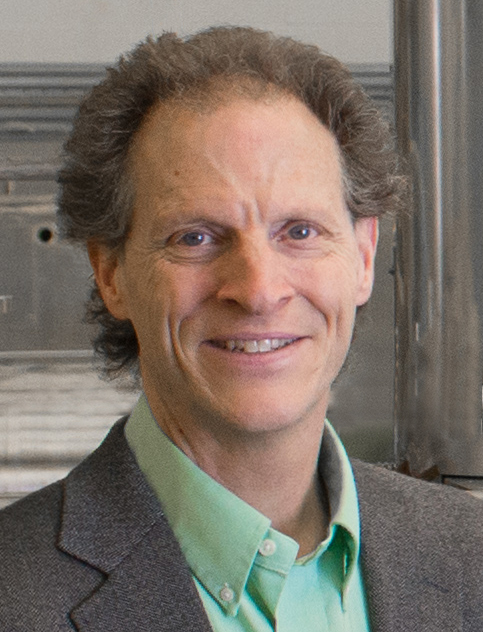Biography
Professor Thomas R. Bieler earned a BA in applied mechanics (with a minor in literature) at the University of California, San Diego in 1978 and an MS in ceramic engineering at the University of Washington in 1980. He then worked on high-rate deformation at Sandia National Laboratory in Livermore, California, for five years. He completed his PhD in materials science (with a minor in continuum mechanics) at the University of California, Davis in 1989 and has been at Michigan State University thereafter. His research has focused on how cracks form in titanium alloys and solder joints, and how nanoscale defects affect the performance of pure niobium superconducting particle accelerator cavities.




